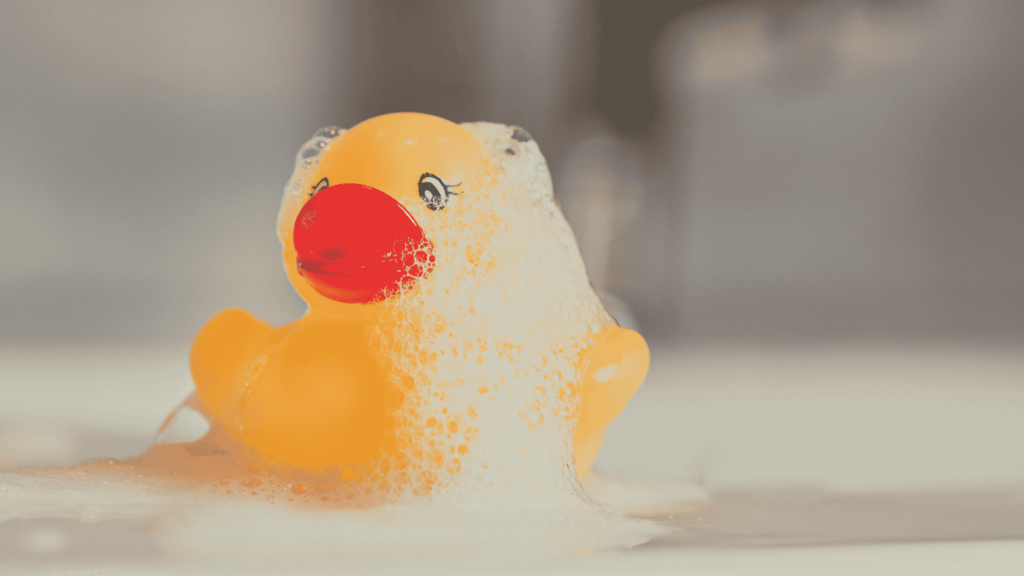By: Matt Kovalchick, PT
Introduction:
Bath safety is a critical issue in Skilled Nursing Facilities (SNF) and Assisted Living Facilities (ALF), where residents often face mobility or balance challenges. These limitations can unfortunately lead to falls and other incidents during what should be a private and dignified experience. As a physical therapist, my goal is to offer a comprehensive guide to ensure a safe and respectful bathing environment for these individuals. Witnessing an injury during such a vulnerable moment can be distressing for everyone involved. This guide is dedicated to preventing such situations and ensuring the well-being of those you care for.
Understanding the Risks in Bath Settings:
Bathrooms in healthcare settings, such as SNFs and ALFs, are often fraught with risks, primarily of slips and falls. The first step towards a safer environment is understanding these risks and being able to recognize unsafe situations. It’s crucial to remember that the needs of individuals can greatly vary; a strategy that works for one resident might not be appropriate for another. As caregivers, your own safety is also paramount. Avoid putting yourself in harm’s way by ensuring you are well-trained and knowledgeable about the proper techniques for assisting residents safely.

Individualize Your Safety Approach:
Tailoring safety measures to meet the individual needs of each resident is essential in ensuring optimal care. The level of assistance required can vary significantly among residents. It’s vital for caregivers to be proficient in assessing each resident’s unique capabilities and limitations. In many cases, residents are already working with physical therapists, and understanding the recommended level of assistance is crucial. Remember, it’s not a sign of weakness to ask for help or to use safety equipment for transfers. In fact, it’s a sign of professionalism and a commitment to safety for both you and the resident.
Adaptive Equipment and Tools Section:
Adaptive equipment and tools play a crucial role in enhancing bath safety and should be considered as standard in any care setting:
- Shower Chairs or Benches: These provide stability and consistency, which are key for safety. Regular use of these tools can greatly reduce the risk of falls, whether a resident is sitting or standing during a bath.
- Hand-Held Shower Heads: These are not only more convenient for the caregiver, but they also reduce the need for residents to turn or stand, thereby minimizing the risk of slips and falls.
- Non-Slip Surfaces: Installing anti-slip mats inside and outside of the shower or tub is a simple yet effective measure to prevent slipping.
- Grab Bars: Sturdy grab bars in convenient locations are essential. The advent of easy-to-install, peel-and-stick grab bars has made it easier than ever to add this safety feature wherever needed.
- Raised Toilet Seats: These assist residents in using the toilet independently and facilitate easier transfers to and from the toilet, enhancing overall bathroom safety.
Key Preventative Measures Section:
“Effective preventative measures are essential in mitigating the risks associated with bath safety. Even with limited resources, certain modifications and best practices can make a significant difference:
- Adequate Lighting: Proper lighting in the bathroom is crucial. It helps in minimizing the risk of missteps due to poor visibility, such as not seeing hand placements or water puddles on the floor.
- Accessible Design: The layout of the bathroom should facilitate safe movement. If you cannot alter the layout, focus on optimal placement of bath chairs and other equipment. For residents requiring more assistance during transfers, arrange everything at a 45-degree angle to your position to facilitate easier and safer movement.
- Caregiver Positioning: Your position during transfers or any safety-related process is critical. Position yourself to maintain control and stability – ideally, between the resident and the destination, facing them, with your feet spread for a stable base and knees slightly bent. This stance helps prevent the resident from falling on you or away from you, ensuring a safer transfer for both parties.

Empowering Caregivers and Staff Section:
Empowering caregivers and staff through education is as crucial as the implementation of safety measures themselves. Continuous learning and regular training sessions are key to ensuring that everyone is up-to-date with the best practices in bath safety. These training sessions should not only focus on the practical aspects of safety but also foster a culture where safety is a collective priority. When every team member feels a sense of responsibility for maintaining safety standards, the care environment becomes significantly safer for everyone involved. Encourage open discussions, share experiences, and regularly revisit safety protocols to ensure that this culture of safety grows and is sustained within your facility.
Conclusion:
Ensuring bath safety in Skilled Nursing Facilities and Assisted Living Facilities is a responsibility that we all share. By being aware of common risks, diligently implementing preventative measures, and tailoring care to meet individual needs, we can significantly enhance the safety and well-being of our residents. It’s important to remember that even small changes in our daily practices can lead to substantial improvements in safety. Try to be mindful in the little moments to ensure that big accidents don’t happen. Each person under our care is placing their trust and reliance on us. Let’s honor that trust by continually striving to provide the safest and most compassionate care possible.



